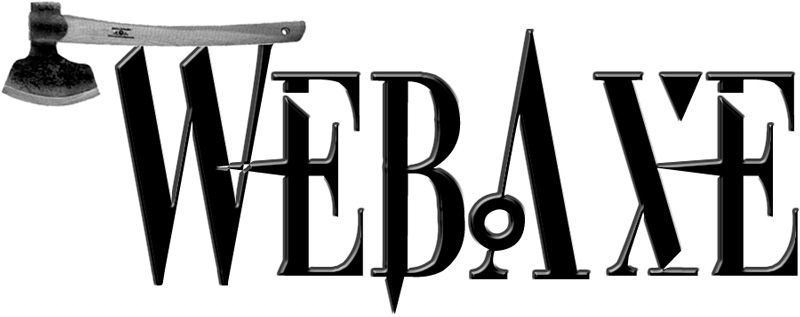More great job openings in web accessibility:
- UK: Contract web designer with accessibility & usability skills (Hampshire, UK)
- Web Accessibility Navigation Specialist wanted at Penn State University
- Web Development and Accessibility Specialist at Department of Assistive & Rehab Services (Austin, TX)
- Accessibility Specialist at TEKsystems, contract (Louisville, KY)
- IT Specialist at Department For the Blind & Vision Impaired (Henrico, VA)
- Chief Information Accessibility Officer (St. Paul, MN)
- SSB BART Group seeks Lead PHP Developer with WCAG & Java experience (San Francisco, CA)
- Section 508 Compliance Analysts, contract (Washington, D.C.)
- Section 508 Compliance Tester at Koniag Technology Solutions (Lanham, MD)
For updates on Twitter, follow me, @a11yJobs and @Accessible_Jobs.
